In “Mayapple Transplant – Discover Your Garden with Alison Pearce,” we’re invited into a serene woodland setting where one of North America’s most enchanting native plants — the Mayapple (Podophyllum peltatum) — takes center stage. Alison Pearce, known for her passion for natural gardening and native species, beautifully demonstrates how to transplant and care for this unique, umbrella-leaved perennial that transforms shaded gardens into lush green carpets every spring.
The Mayapple is a plant of quiet charm and deep history. Found in forests, shaded hillsides, and damp meadows across the eastern United States and Canada, it’s celebrated for its distinctive foliage, delicate blossoms, and surprising fruit. More than just an ornamental, the Mayapple plays a role in wildlife support, ecological gardening, and traditional herbal medicine.
In this post, we’ll explore everything Alison’s video inspires — from how to transplant and grow Mayapple successfully to its fascinating life cycle, cultural uses, and ways to integrate it into a woodland or permaculture-style garden.
Meet the Mayapple: A Woodland Treasure
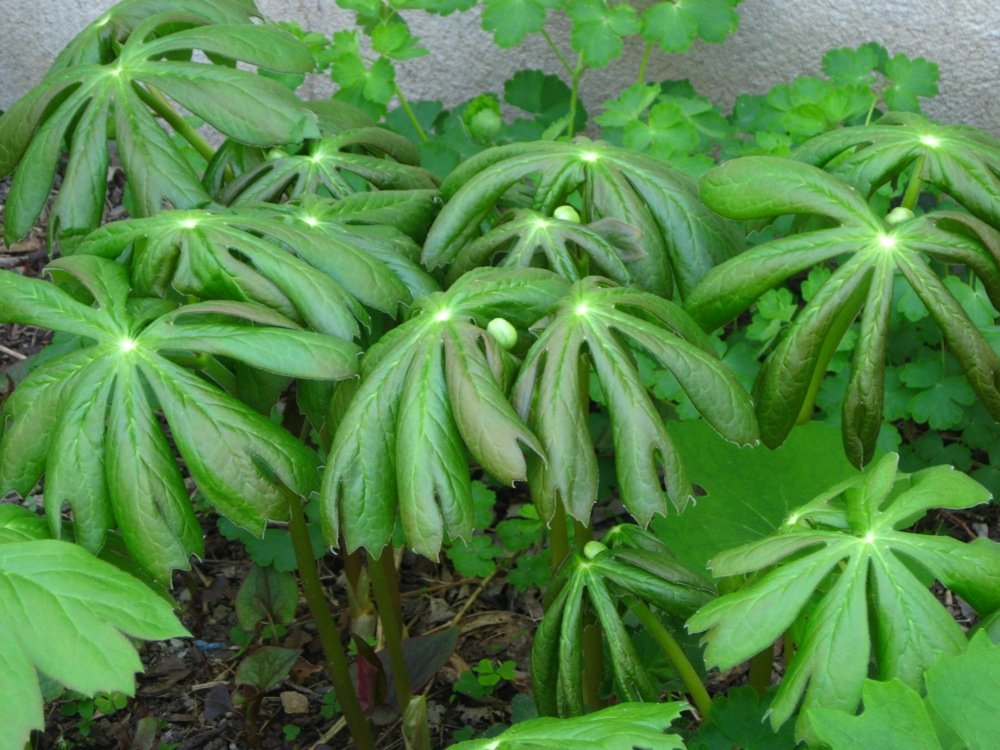
The Mayapple (Podophyllum peltatum) is a native herbaceous perennial that emerges early in spring, spreading through underground rhizomes to form large colonies of umbrella-like leaves. Its Latin name “Podophyllum” means “foot-leaf,” a nod to the leaf’s distinctive shape that looks like a parasol on a single stem.
In late spring, each mature stem produces one or two broad leaves and, if it’s old enough, a single white, waxy flower hidden beneath them. The flower later gives way to a small yellow fruit — the “apple” of the Mayapple — which ripens by midsummer.
While most parts of the plant are toxic when raw, the fully ripe fruit is edible in small quantities and was once used by Indigenous peoples and settlers to make jams or tonics. However, care should always be taken, as unripe fruit and all other plant parts contain podophyllotoxin, a potent compound used in modern medicine for its antiviral and anticancer properties.
Why Gardeners Love Mayapple
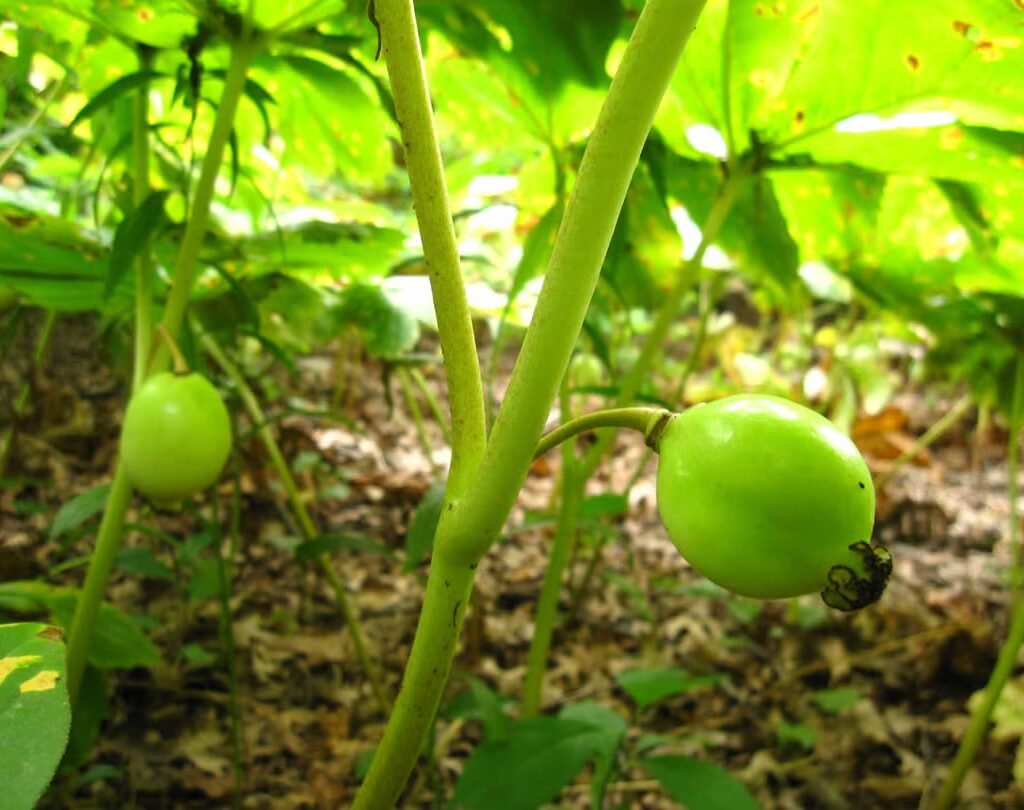
Alison Pearce highlights the Mayapple not only for its natural beauty but also for its ecological importance. Here’s why it’s such a beloved native plant:
1. Early Spring Appeal
Mayapples are among the first plants to emerge in spring, covering forest floors and shaded garden beds with their whimsical, umbrella-shaped leaves. They bring texture and vitality to areas where few other plants thrive early in the season.
2. Wildlife Value
While toxic to humans in most forms, Mayapples serve as a food source for wildlife. Box turtles and certain insects feed on the ripe fruit, helping disperse the seeds. Their flowers also attract native pollinators like bumblebees and solitary bees.
3. Low Maintenance and Naturalizing
Once established, Mayapples spread slowly through underground rhizomes, forming natural colonies that require little to no maintenance. They’re ideal for woodland gardens, shaded slopes, or under tree canopies where grass and other plants struggle.
4. Native Heritage and Medicinal History
Mayapple has long been valued in Indigenous medicine, where its roots were used in small, controlled doses for various treatments. Modern medicine continues to utilize compounds from Mayapple in the production of podophyllin, used to treat warts and certain skin conditions.
When and How to Transplant Mayapple
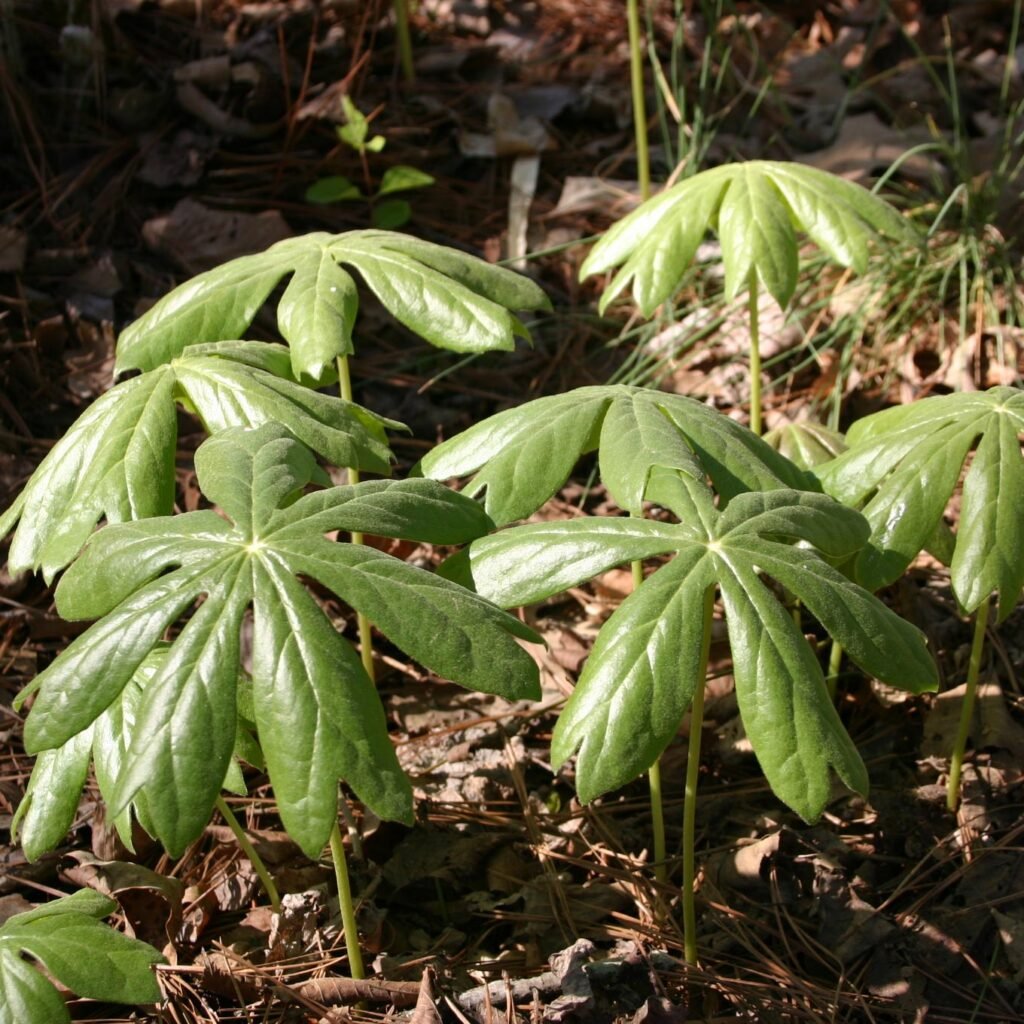
In Alison Pearce’s video, the transplanting process is simple, gentle, and guided by an understanding of the plant’s natural rhythm. Timing and care are key to a successful transplant.
Best Time to Transplant
The best time to transplant Mayapple is either early spring — just as the new shoots begin to emerge — or early fall, after the leaves die back and the plant enters dormancy. This allows the roots to settle without heat stress.
Step-by-Step Transplanting Guide
- Choose the Right Site:
Mayapples prefer partial to full shade and moist, rich soil. They mimic their natural forest habitat, thriving under deciduous trees where they get filtered sunlight and leaf litter. - Prepare the Soil:
Enrich the planting area with compost, leaf mold, or organic matter. The soil should be well-draining but consistently moist — soggy roots can lead to rot. - Dig Carefully:
When lifting Mayapple from its original spot, dig wide rather than deep to capture as much of the rhizome network as possible. Each rhizome segment can sprout new growth. - Divide and Replant:
Separate clumps by gently breaking or cutting the rhizomes into sections, ensuring each has at least one bud or eye. Plant them horizontally about 2 inches deep and 12–18 inches apart to allow spreading. - Water Well:
After transplanting, water thoroughly to help settle the soil around the roots. Keep the area evenly moist until new growth appears. - Mulch Generously:
Apply a layer of leaf mulch or shredded bark to retain moisture and mimic the forest floor environment.
Caring for Your Mayapple After Transplant
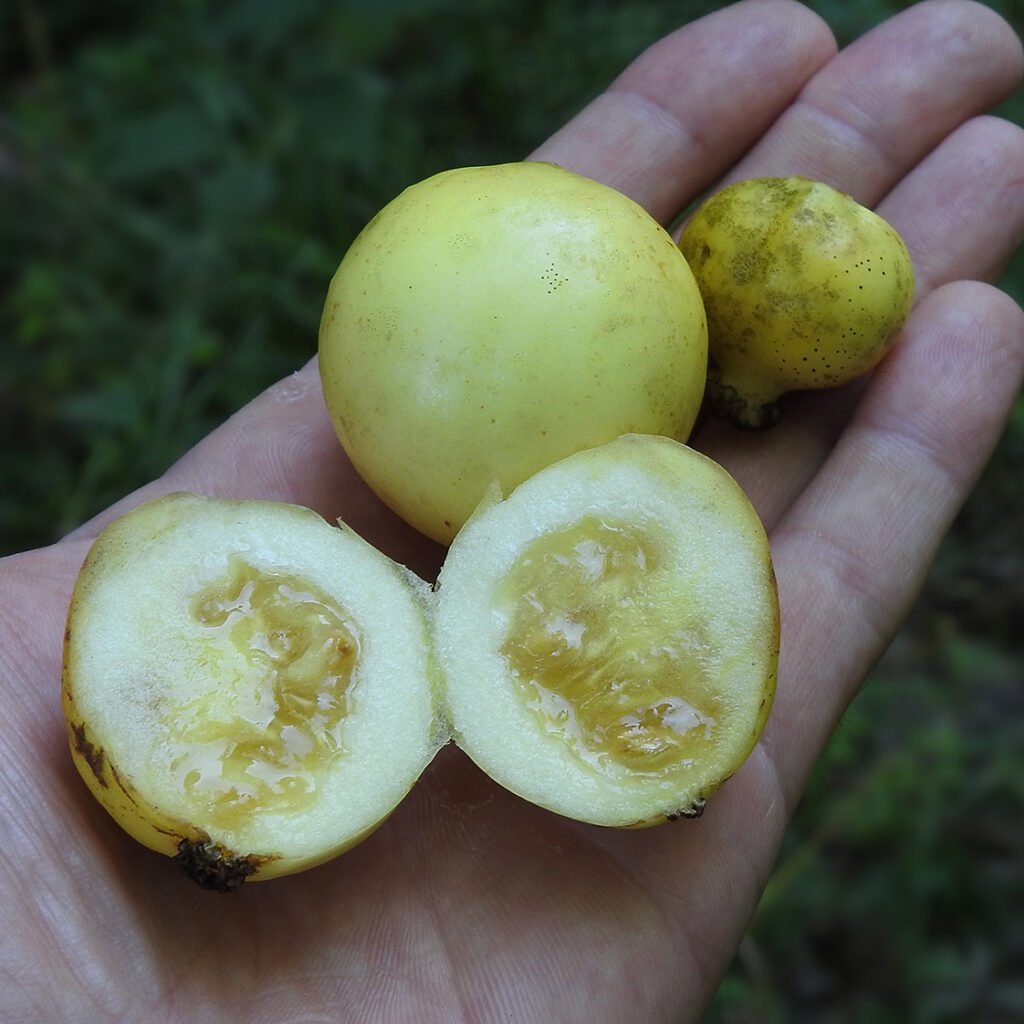
Once established, Mayapples are remarkably self-sufficient. However, during the first year, they benefit from a little extra attention.
Watering
Maintain consistent moisture, especially during dry spells. Mayapples prefer damp conditions but can tolerate short dry periods once mature.
Fertilization
They rarely need additional fertilizer, but a spring top-dressing of compost or leaf mold enhances soil health and encourages strong growth.
Mulching and Leaf Litter
Allow fallen leaves to accumulate naturally — they create the humus-rich environment that Mayapples love.
Seasonal Dieback
By midsummer, the foliage will start to yellow and die back naturally. This is normal — the plant is entering dormancy and storing energy for next spring. Avoid cutting or disturbing it during this phase.
Companion Plants for a Woodland Setting
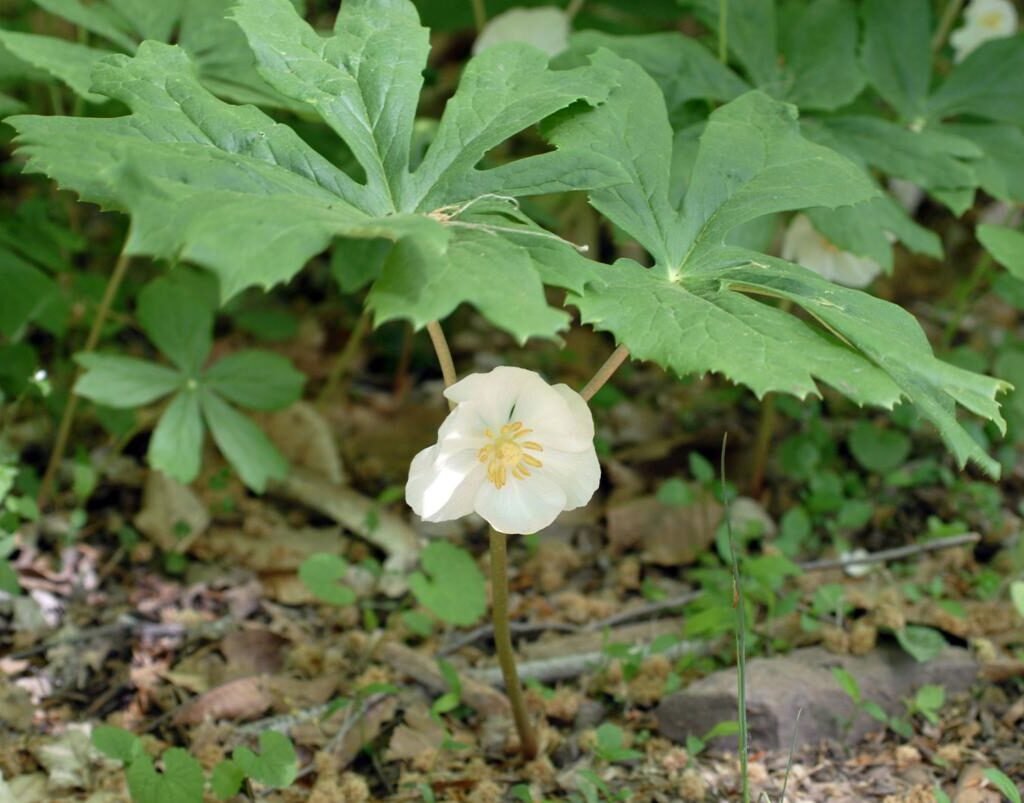
Mayapples are excellent companions to other shade-loving natives. Alison Pearce often recommends pairing them with plants that share similar moisture and light needs:
- Trilliums (Trillium spp.) – For spring blooms that complement Mayapple’s foliage.
- Solomon’s Seal (Polygonatum spp.) – Adds height and graceful arching stems.
- Wild Ginger (Asarum canadense) – Creates dense ground cover beneath taller leaves.
- Ferns (Athyrium, Dryopteris) – Enhance texture and fill in shaded spaces.
- Bloodroot (Sanguinaria canadensis) – Offers early white blooms before Mayapple flowers appear.
Together, these create a diverse, layered, and natural-looking garden ecosystem.
Propagation Tips: Expanding Your Mayapple Colony
If you fall in love with Mayapple (and it’s hard not to), you can propagate it to spread across your woodland area.
- By Division:
This is the easiest and most reliable method. Simply dig and divide rhizomes in fall or early spring. - By Seed:
Collect seeds from ripe fruit in midsummer, clean them, and plant immediately. Mayapple seeds need cold stratification (a chilling period) to germinate the following spring.
Note that it may take 2–3 years for seedlings to mature and produce leaves and flowers.
The Enchanting Flower and Fruit Cycle
One of the Mayapple’s most magical features is its hidden bloom. In late spring, a single creamy-white flower emerges beneath the twin leaves — often unseen unless you crouch down to look.
By early summer, the flower gives way to a small, egg-sized green fruit that ripens to a golden-yellow color. The ripe fruit is fragrant and soft, with a tropical flavor reminiscent of citrus and melon.
While the fruit is edible in moderation, only fully ripe Mayapple fruit should be eaten, as unripe or green fruit contains toxic compounds. Many gardeners simply enjoy the visual appeal and ecological role rather than harvesting.
The Role of Mayapple in Natural and Permaculture Gardens
Alison Pearce emphasizes that native plants like Mayapple are essential in creating balanced, sustainable ecosystems.
Here’s why they matter:
- Biodiversity: Mayapple colonies provide shelter for insects, small mammals, and soil life.
- Erosion Control: Their rhizomatous roots stabilize soil on shaded slopes.
- Low Maintenance: Once established, they require almost no care.
- Cultural Heritage: Growing native species like Mayapple honors traditional land stewardship and supports local ecology.
By transplanting and nurturing native plants, gardeners contribute to restoring the natural rhythm of the land — something Alison beautifully embodies in her approach.
Conclusion: A Gentle Guardian of the Forest Floor
The Mayapple may not shout for attention, but its quiet elegance makes it one of the most rewarding native plants to grow. Watching its leaves unfurl in spring, its blossoms peek from beneath the canopy, and its fruit ripen in secret is an experience of pure garden magic.
As Alison Pearce shows in her “Mayapple Transplant” video, caring for native plants connects us to the living history of our landscapes — a reminder that beauty, balance, and biodiversity begin in our own backyards.
Whether you’re creating a woodland retreat, restoring a native garden, or simply appreciating the wild wonders that grow close to home, the Mayapple offers a timeless lesson: nature’s treasures often thrive quietly, waiting for us to notice.
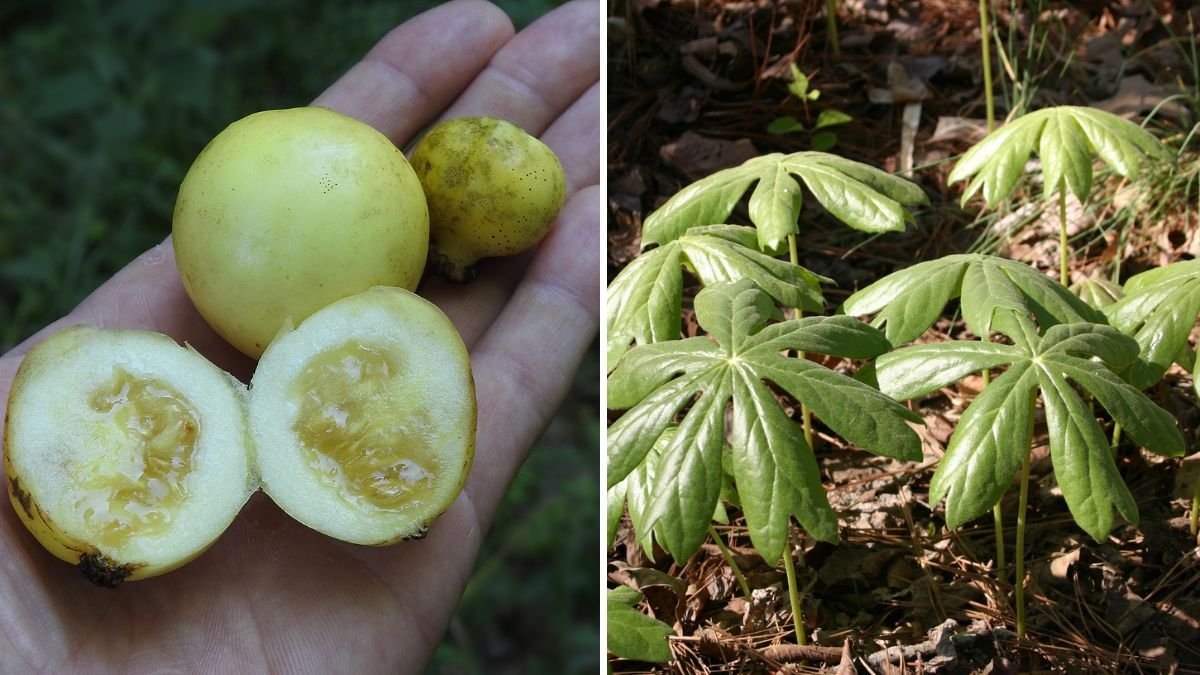
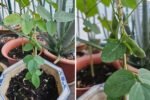
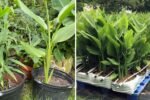
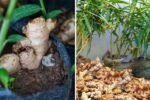
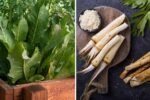
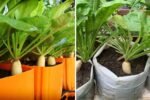
Leave A Comment